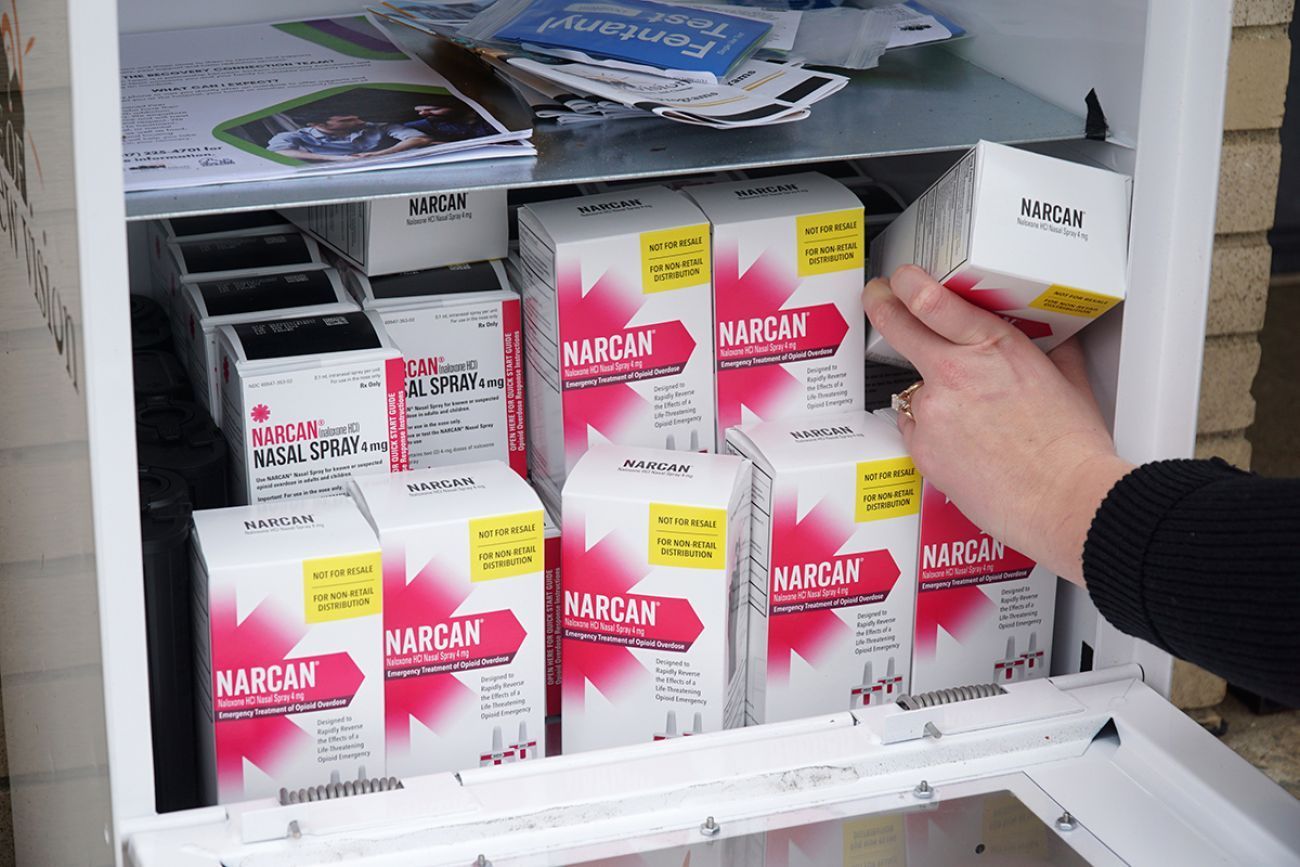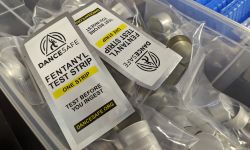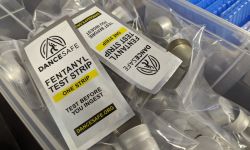Opioid crisis cost Michigan $38 billion in 2024, new analysis finds

- Fentanyl and other opioids cost Michigan billions each year in economic impact
- Addiction leads to lost productivity, wages and increased judicial system costs
- The state is making progress, with about 1,000 fewer deaths in 2024 than 2023
Opioid use cost Michigan $38 billion last year in lost productivity and wages, along with the cost of criminal proceedings and treatment, according to a new comprehensive analysis.
And if lost quality and years of life were factored into the equation, the cost for Michigan would balloon to nearly $162 billion — almost twice the annual state budget.
Key Michigan findings in the “cost of addiction” report, produced by Avalere Health and funded by Indivior, a pharmaceutical company specializing in treatments for opioid use disorder, include:
- State and local government costs total $3.4 billion, largely driven by criminal justice spending and lost tax revenue.
- More than 40% of Michigan’s state and local government costs are from police and court and jail costs.
- Employers in Michigan lose nearly $20 billion per year, primarily from lost productivity.
- Between 2% and 2.5% of Michigan residents struggle with opioid addiction, with the economic cost of those addictions averaging $163,000 in direct costs — close to the national average of $162,000.
The majority of those suffering from opioid use disorder are between the ages of 18 and 44, prime age for working, as well as taking care of children and aging parents, said Cara Poland, chairperson of the Michigan Opioid Advisory Commission.
“This affects high numbers of people who are providing economic stability for our whole state,” Poland said. “At the economic level we have to decide how we are going to address this as a state.”
Related:
- Michigan may lose $93M in federal funds for drug treatment, recovery
- A steep drop in Michigan overdose deaths, thanks in part to Narcan
- Fentanyl came to a tiny UP town. Then the funerals began
The opioid epidemic began in the 1990s, with the first wave of deaths involving a rise in overdoses from prescription opioids, including natural and synthetic opioids like OxyContin.
Today, the biggest scourge is fentanyl, a synthetic street opioid that is cheap, easy to transport and 50 times more potent than heroin.
Michigan is receiving $1.6 billion over 18 years as part of a nationwide settlement of lawsuits against drug manufacturers and distributors that played a role in the expansion of opioid prescriptions. Those funds are split evenly between the state and local communities, and are meant to be spent on prevention, treatment and recovery services.
The influx of funds appears to be helping. In 2024, just under 2,000 Michiganders died of opioid overdoses, a stark decrease from about 3,000 a year earlier.
Experts attribute that decrease to the widespread, free distribution of naloxone, known primarily by the brand name Narcan, that can revive those on the brink of death from an opioid overdose. That distribution has been funded in part by money from the opioid settlement.
It’s unclear whether the decline in deaths also indicates a decline in opioid usage.
Endangering that progress is the potential loss of $93 million in federal drug-fighting dollars and a new, more potent synthetic opioid that has killed 11 Michigan residents so far this year.
Carfentanil is used by veterinarians as a tranquilizer for large animals including elephants, and is not approved for use in humans. It is 100 times more potent than fentanyl, and 10,000 times more potent than morphine.
Its higher strength could lead to more overdoses and overdose-related deaths, even for people with a high tolerance for opioids, according to a news release from the Michigan Department of Health and Human Services.
Carfentanil causes central nervous system depression, which can lead to rapid death. Its higher strength could require multiple doses of naloxone to be administered to reverse an overdose.
Get help
Local substance use and mental health providers can be found here, which is searchable by zip code through the US Substance Abuse and Mental Health Services Administration or here, which is searchable by your county, through the Michigan Department of Health and Human Services.
To find a harm reduction program near you, visit the Change: At Your Own Pace web page here.
Community organizations may request naloxone nasal spray through the Michigan Department of Health and Human Services using this Naloxone Request Form. Questions should be directed to MDHHS-NALXNERQST@michigan.gov
See what new members are saying about why they donated to Bridge Michigan:
- “In order for this information to be accurate and unbiased it must be underwritten by its readers, not by special interests.” - Larry S.
- “Not many other media sources report on the topics Bridge does.” - Susan B.
- “Your journalism is outstanding and rare these days.” - Mark S.
If you want to ensure the future of nonpartisan, nonprofit Michigan journalism, please become a member today. You, too, will be asked why you donated and maybe we'll feature your quote next time!








